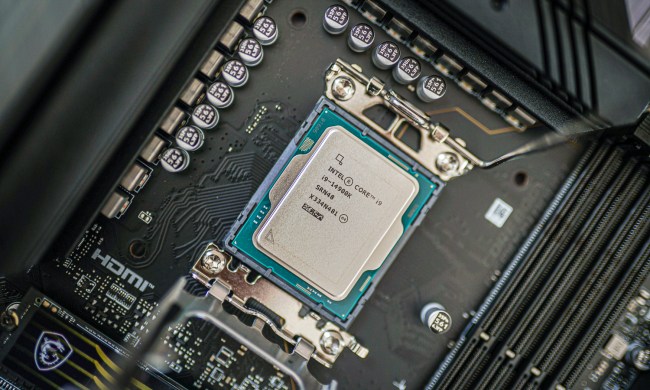On August 4, the world was rocked by footage of a fearsome explosion in Beirut, Lebanon. Reports indicate that the blast killed at least 30 people and injured 2,500 others. Early reports suggested that the explosion was caused by a fire in a fireworks warehouse, but according to officials from the Lebanese government, the explosion erupted from a warehouse where the government was storing “highly explosive materials.”
Just received this video!!! Everyone stay safe. #Beirut pic.twitter.com/2t5a82Ha67
— Zaiنab Hijazi (@zainabhijazi97) August 4, 2020
One of the most shocking parts of videos of the event is not just the size of the blast, but the shockwave that erupted, knocking over spectators far from the explosion itself. How exactly do shock waves happen, and how dangerous are they? Here’s what you need to know.
What is an explosion?
An explosion, to put it simply, is a rapid increase in energy in a small area. In the case of a firework, for example, heat causes the chemicals inside the firework to produce a lot of gas quickly, and because the gas is being produced in a confined space, it forces itself out in the form of an explosion.
What is a shock wave?
Sound is a type of wave. When you produce a noise, such as by knocking on a table or shouting, you create waves which move through the surrounding medium, such as air or water, at the speed of sound.
When something moves faster than the speed of sound, however, it creates shock waves. The waves cannot outrun the source of the wave, and so pile up on top of each other, creating a mighty wavefront. This is what causes the “sonic boom” sound associated with things like jets breaking the sound barrier.
When a high explosive detonates, the increase in pressure is so rapid that the waves move faster than sound, creating a shock wave.
Because of the significant pressure of explosive waves, they can damage structures and bodies beyond the fiery part of an explosion. Blast waves can be especially harmful to “air-filled” organs such as lungs or ears.

